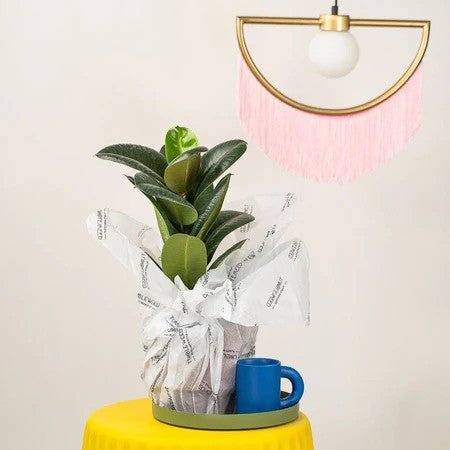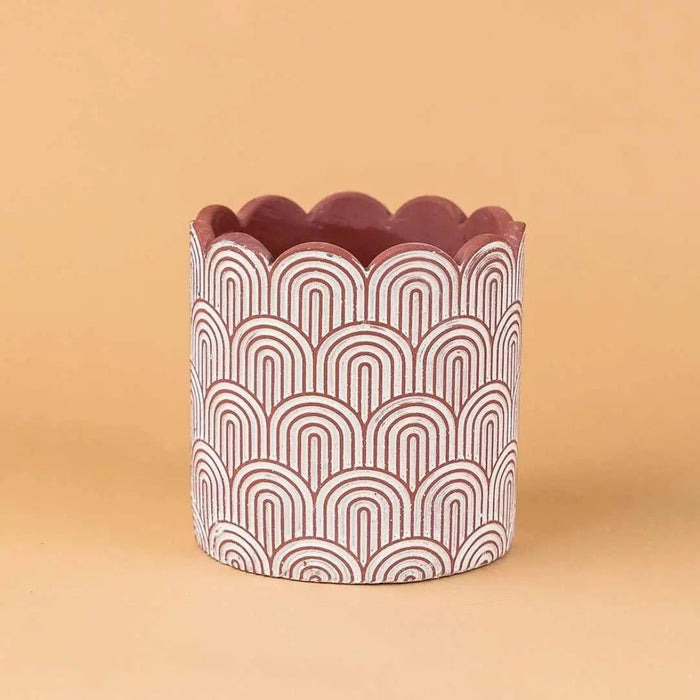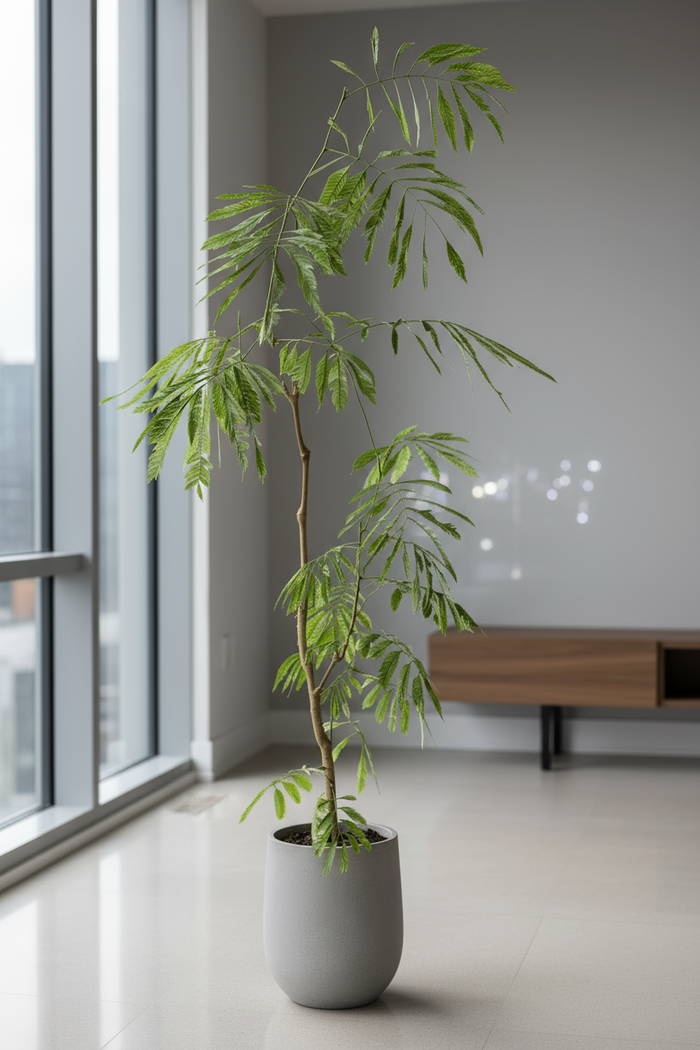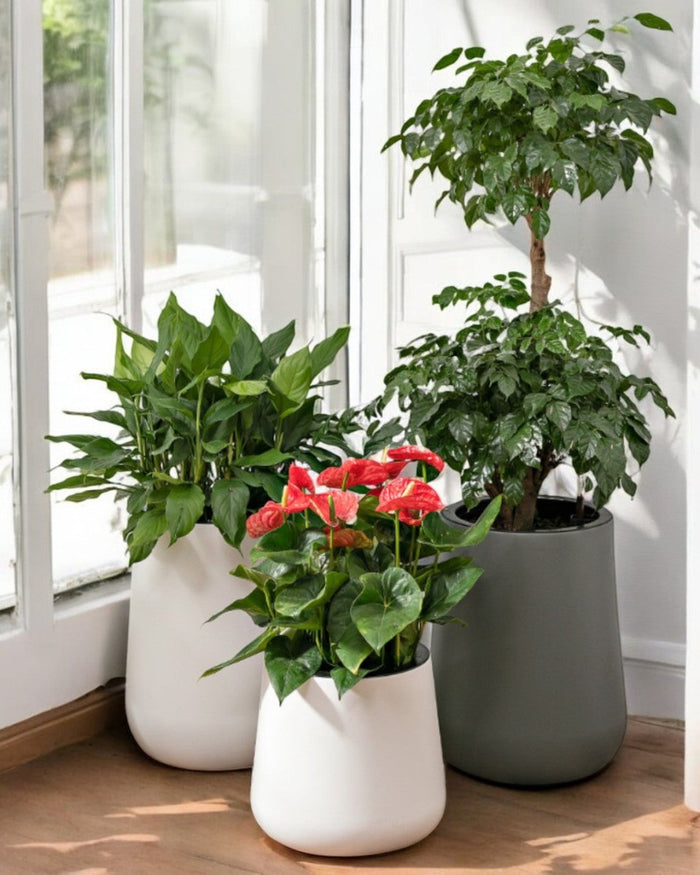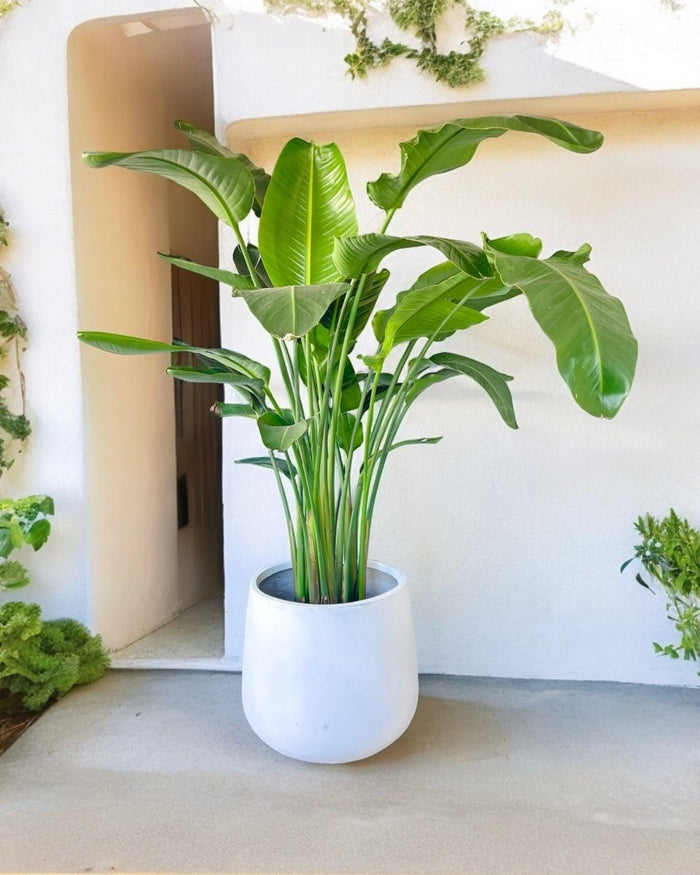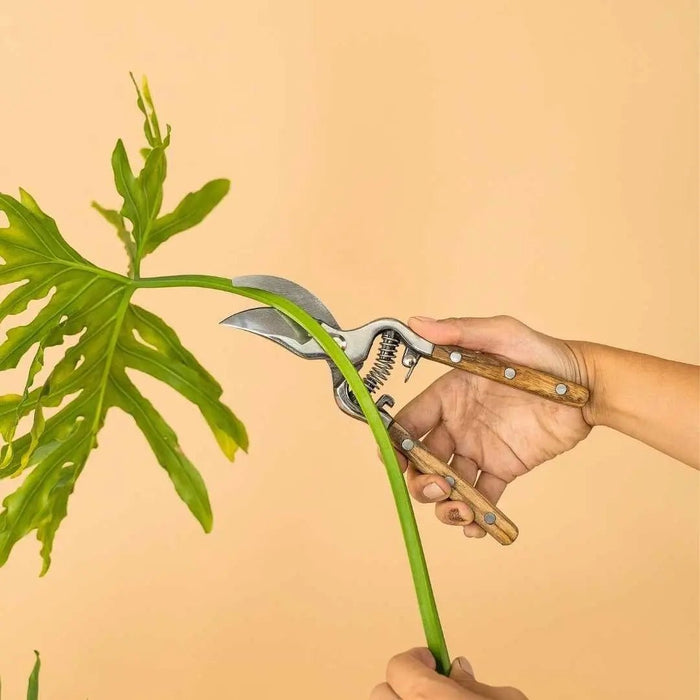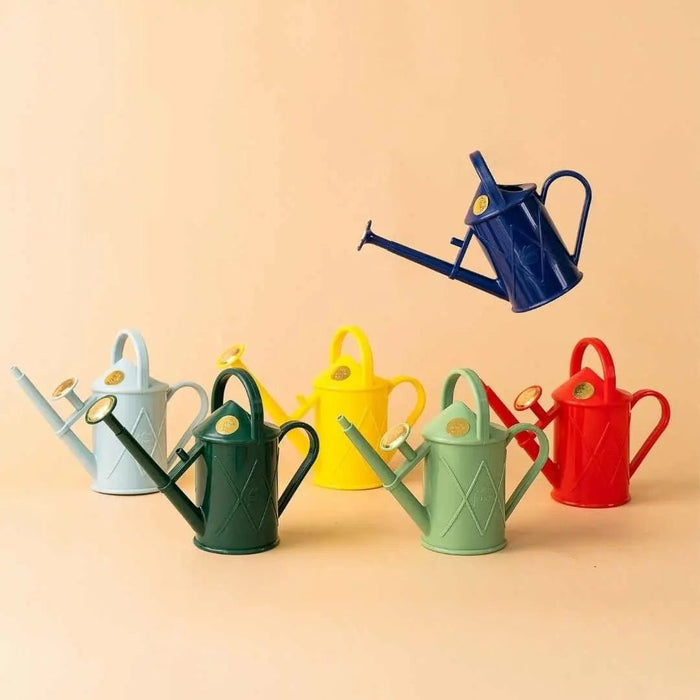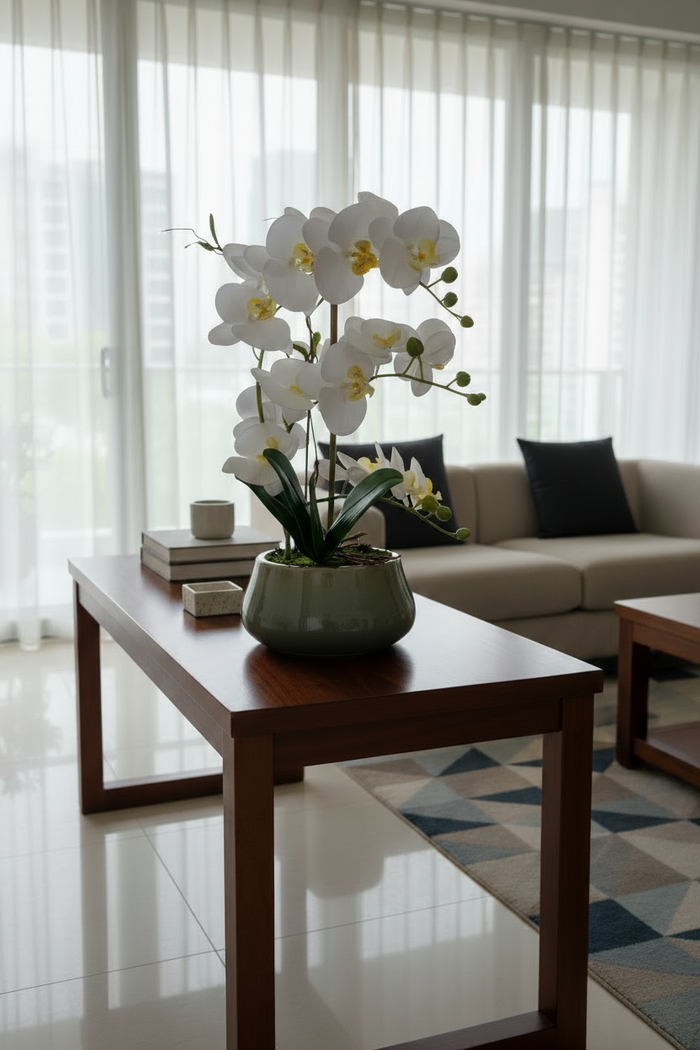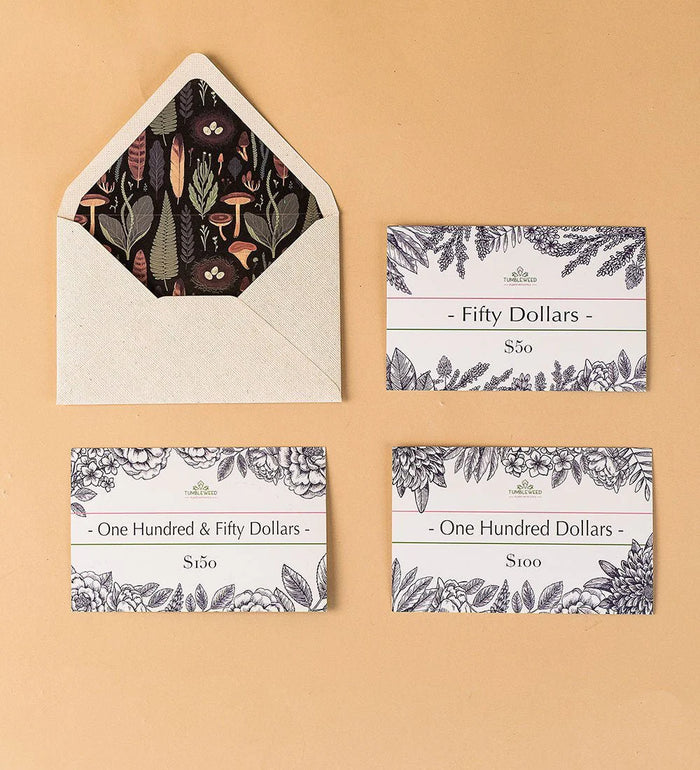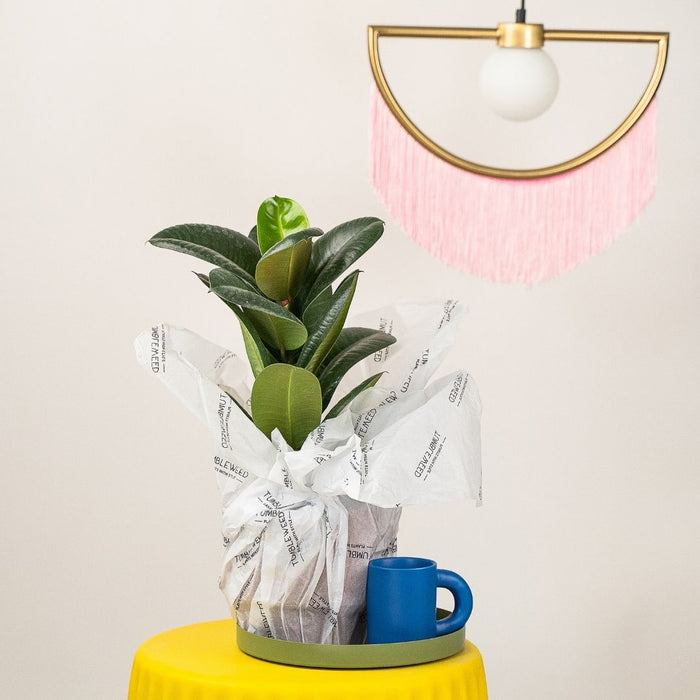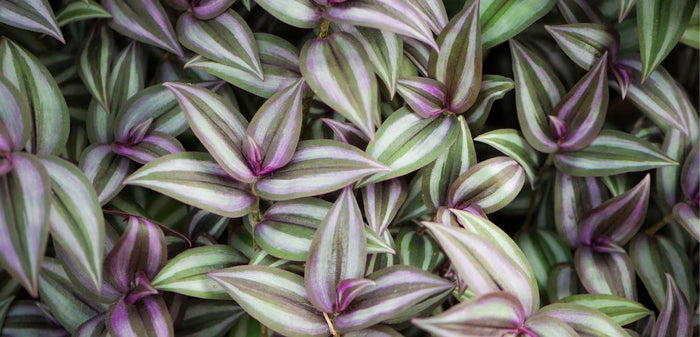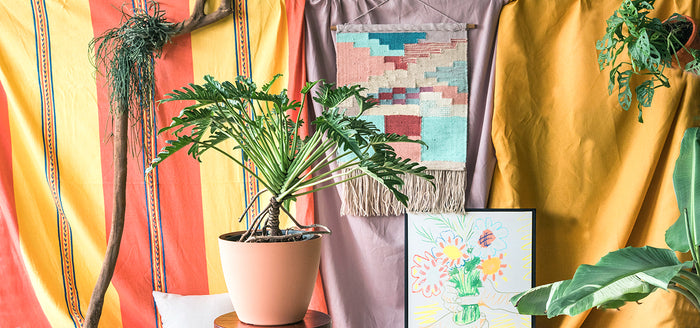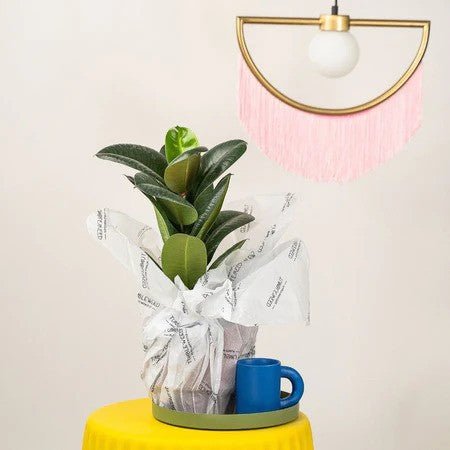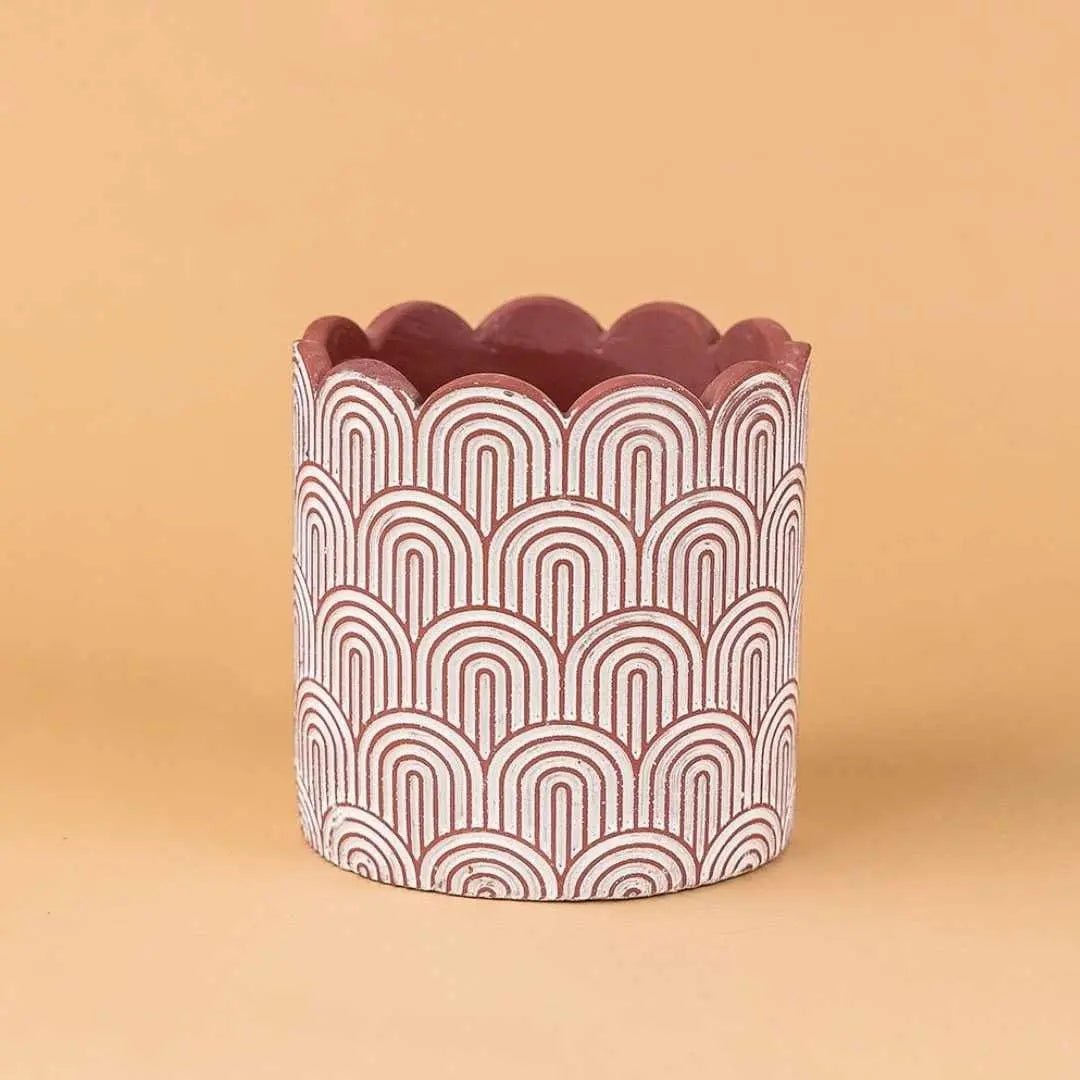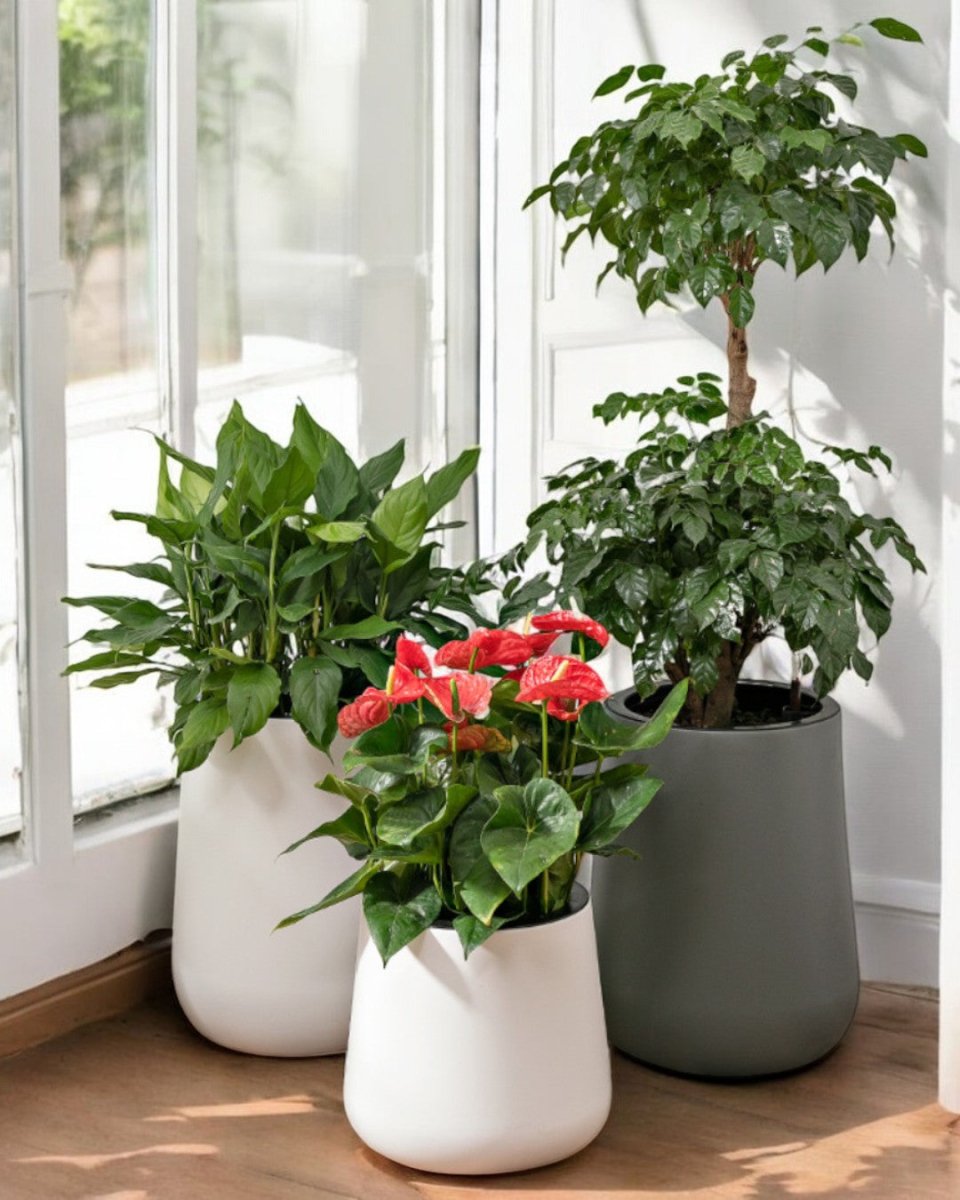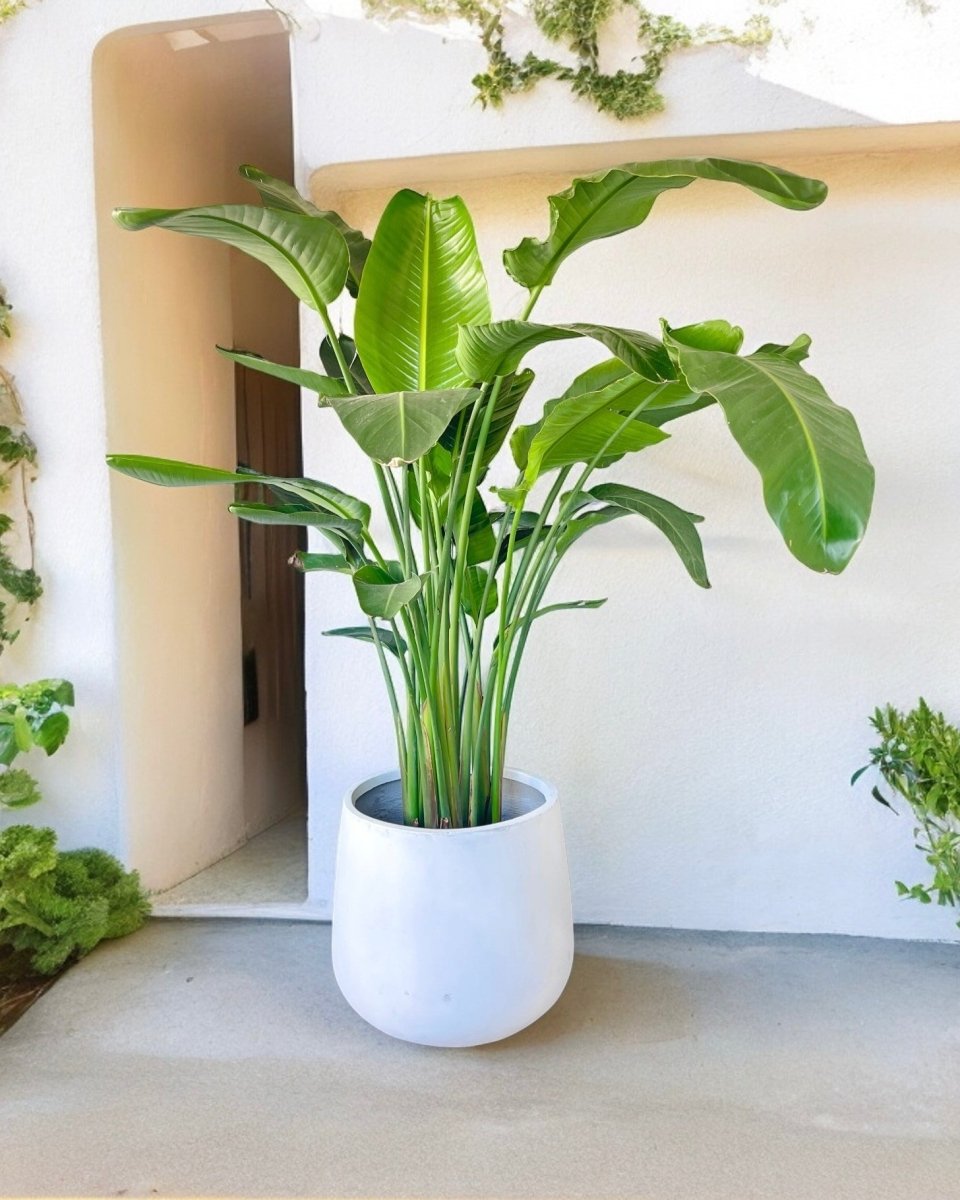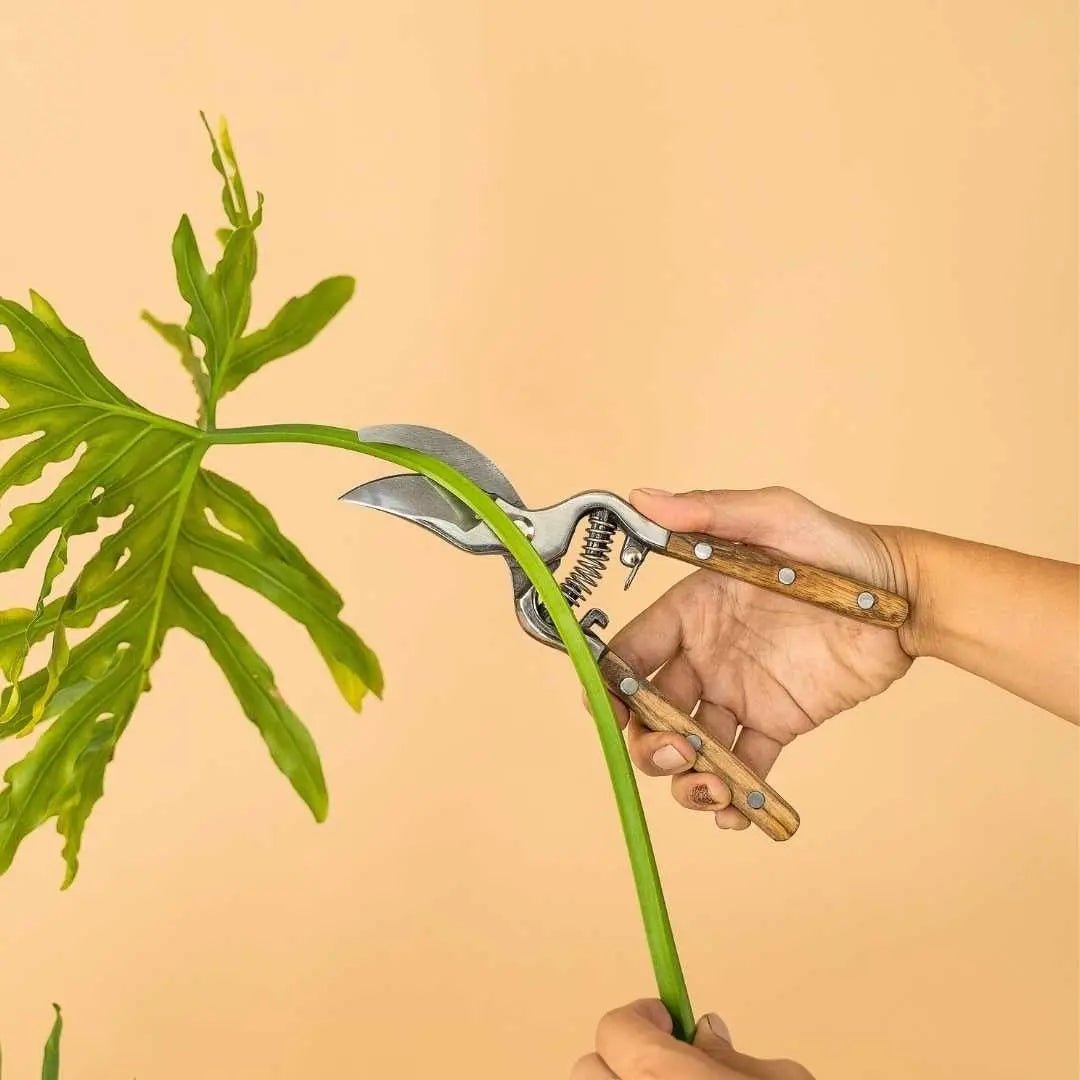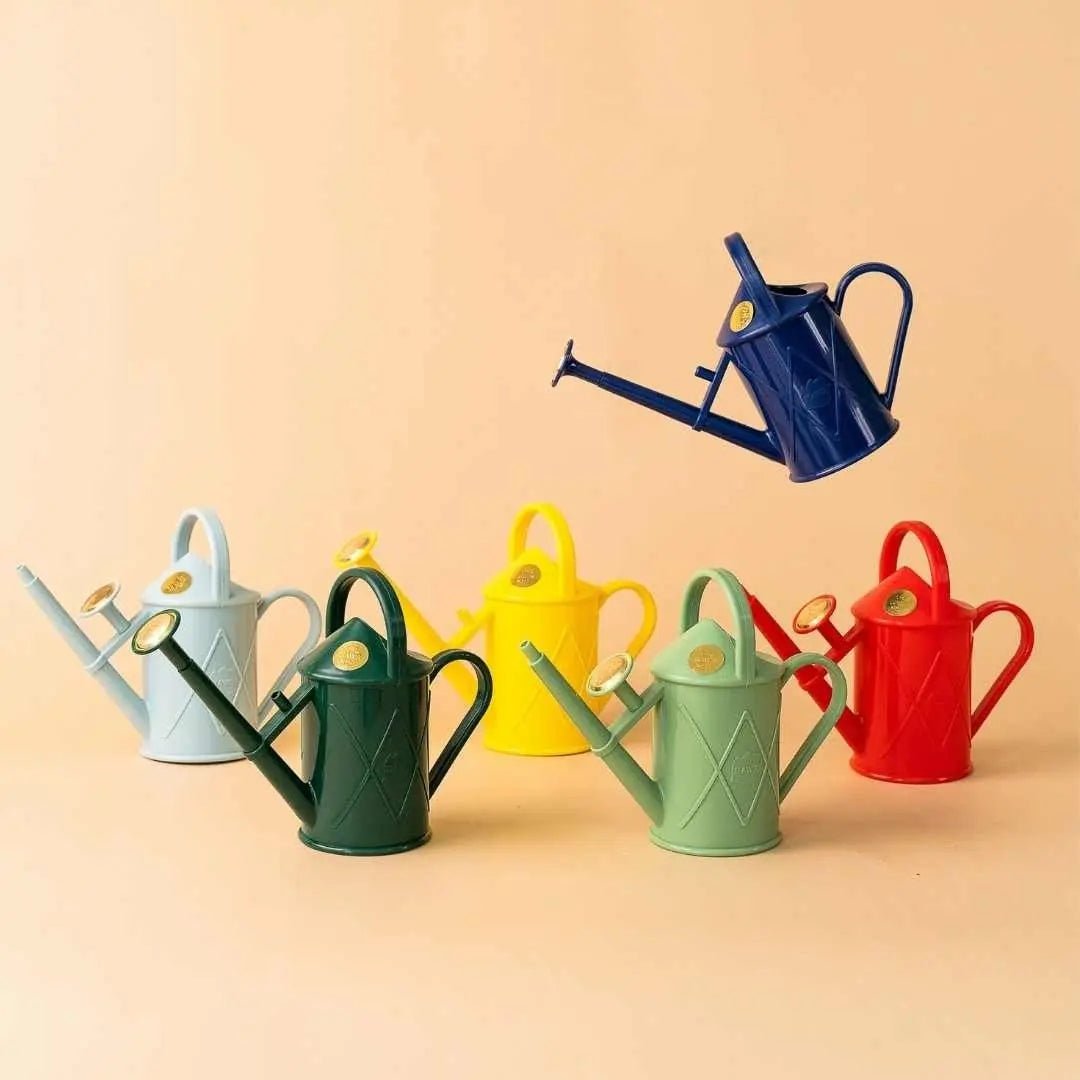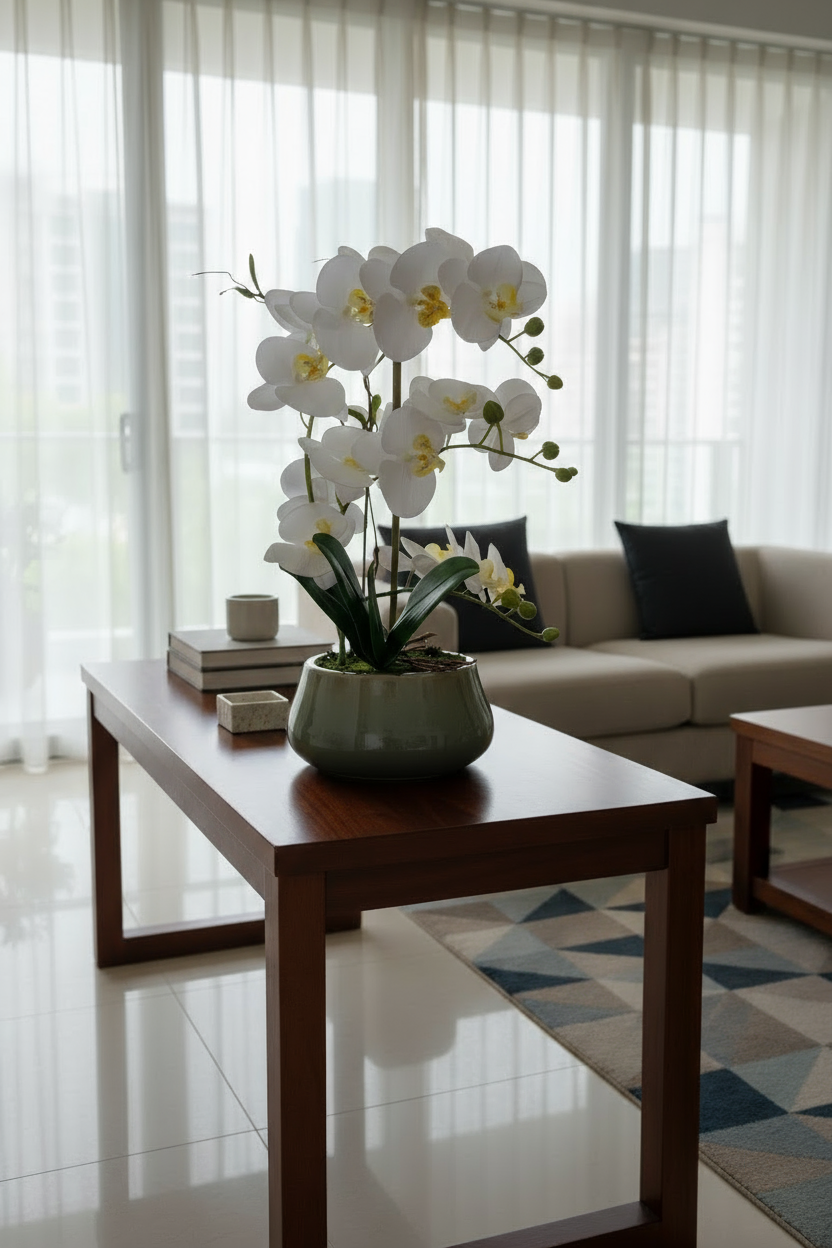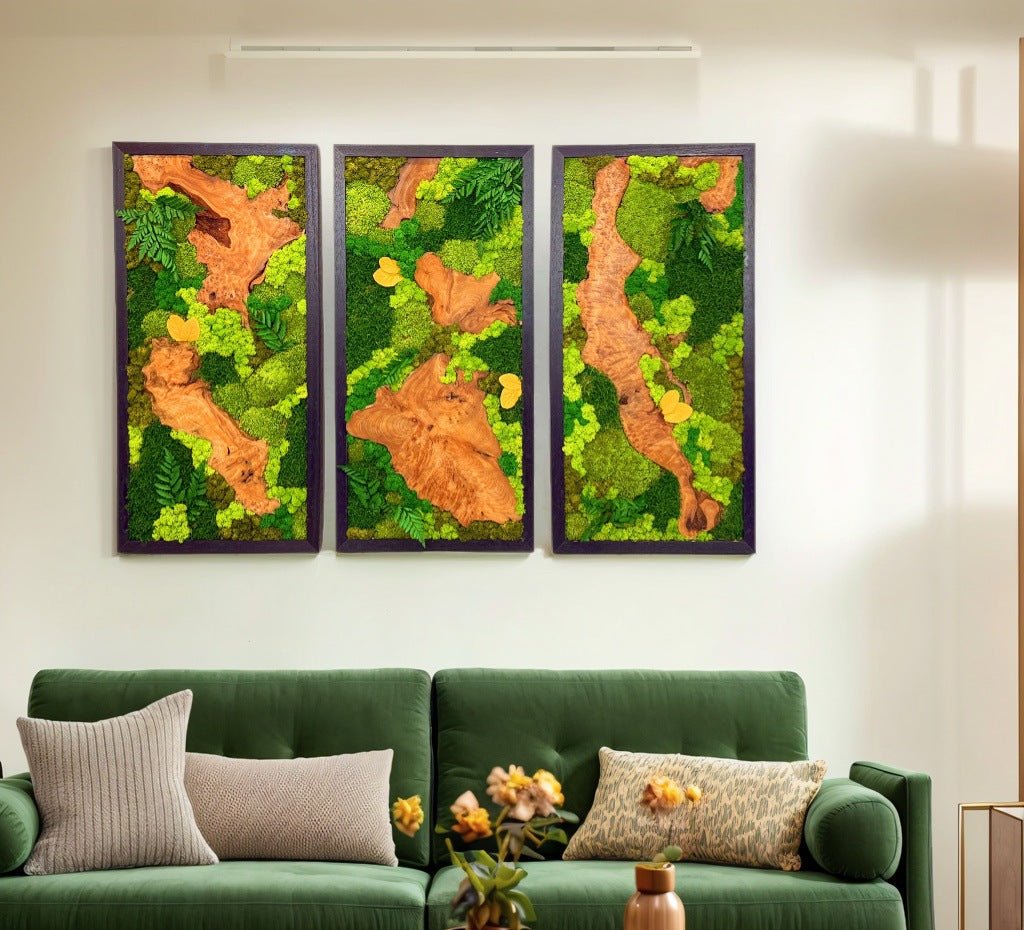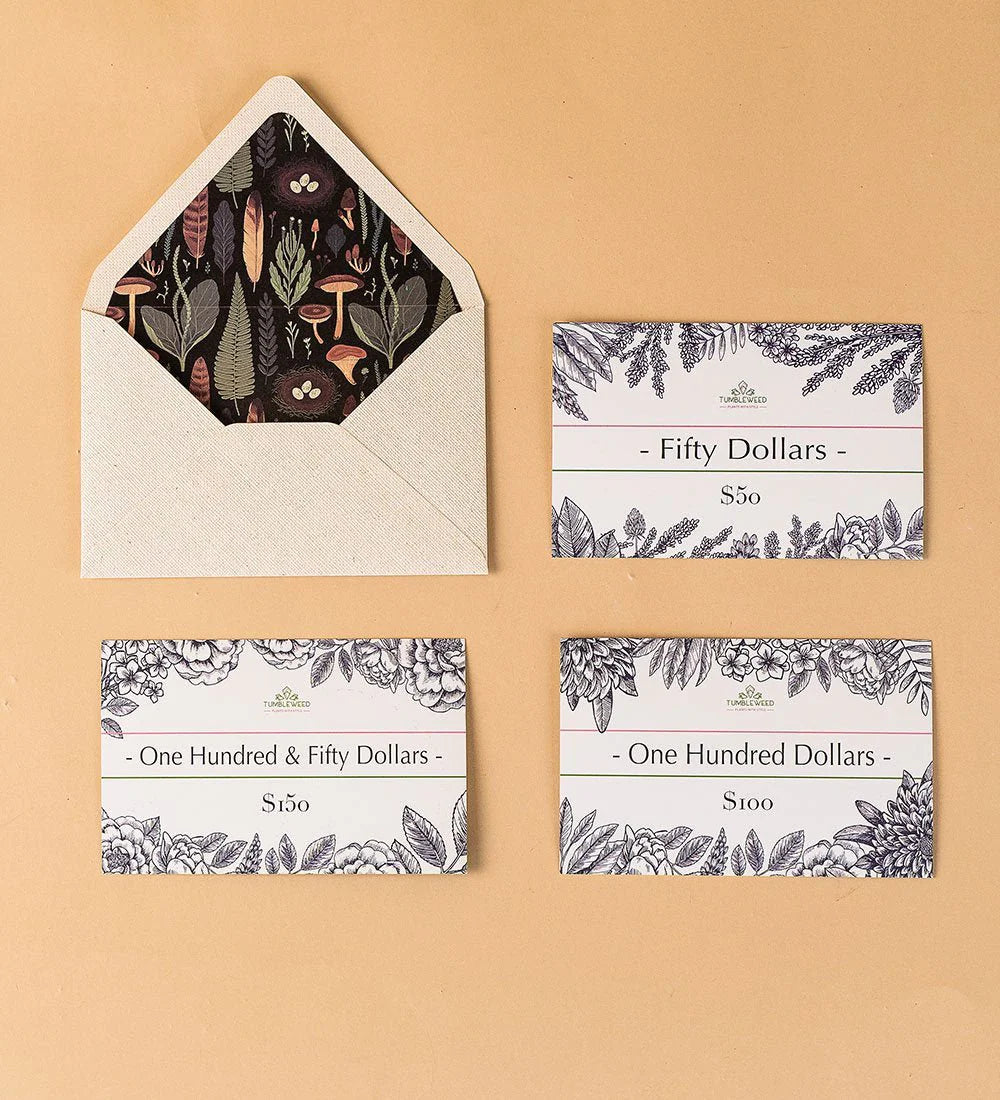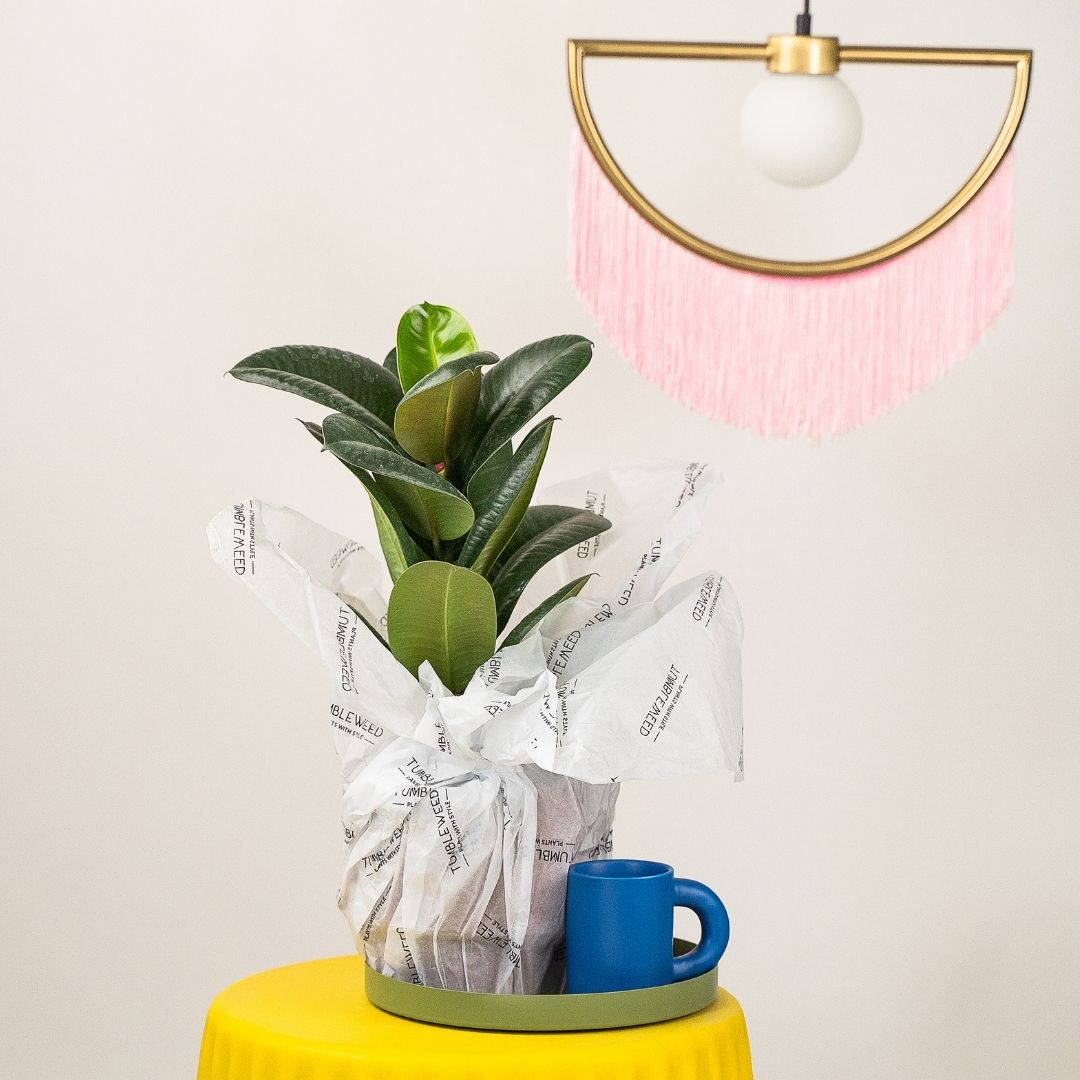Gynura plants or velvet plants are gorgeous and unusual houseplants, showcasing furry leaves in stunning shades of emerald and purple. They are fairly easy to care for and usually grow well in average indoor environments.
Search plants, planters, garden accessories and more.
-
Sale
-
Plants
-
Pots
-
Care
-
Decor
-
Gifts
-
Services
-
Business
Free Delivery Above $99 | Shop Now
What's New
-
 Year End Sale: Up to 50% off→
Year End Sale: Up to 50% off→ -
 🎁 Corporate Gifts! 🎁→
🎁 Corporate Gifts! 🎁→ -
 Transform your space with our Plant Styling Services!→
Transform your space with our Plant Styling Services!→ -
 Low Light Corner?→
Low Light Corner?→ -
 Login to Earn & Redeem Points!→
Login to Earn & Redeem Points!→ -
 🎉 Making buying plants easy! 🎉→
🎉 Making buying plants easy! 🎉→

Year End Sale: Up to 50% off
Upgrade your decor now! Automatic tiered discounts mean bigger savings on plants, planters & more. Watch your progress bar fill up as you shop! Sale ends soon. 🌱
Also don't miss out on our free XL Everfresh giveaway, auto enrolled when you make a purchase with us.
Shop Plants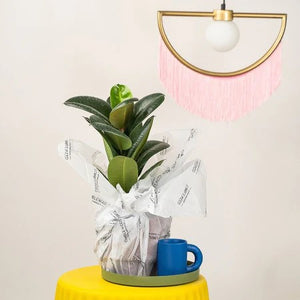
🎁 Corporate Gifts! 🎁
Planning corporate gifts for the festive season? Make a lasting impression with our premium plant gifts! Perfect for clients, partners, or employees, our curated selection of plants is both meaningful and elegant. Choose from a variety of options that fit any budget. Order now and ensure your corporate gifts are delivered in time for the celebrations.
Bulk Gifting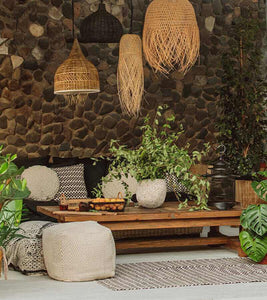
Transform your space with our Plant Styling Services!
Looking to refresh your space for the year-end festivities? Elevate your home decor with our Plant Styling service! Whether it’s a cozy corner or a grand living room, our expert tips will help you transform your space into a green oasis. Perfect for setting the holiday mood! Get inspired and start styling your space with our premium plant collections.
Start your Project
Low Light Corner?
No worries! Our Plant Lights are here to help your plants grow! Specially designed and made for houseplants.
Shop Lights
Login to Earn & Redeem Points!
Login and automatically enrol into our Rewards program, earning you points, and get exclusive deals and discount
Login Now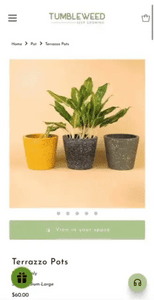
🎉 Making buying plants easy! 🎉
We have made buying plants even easier, with our customer service team, equipped to provide you with a plant recommendations. Hit us up on our chat channels to get started!
Shop NowUp to 50% off with our Year End Sale!
Free delivery above 99SGD
🎁 Free Gift Above $120
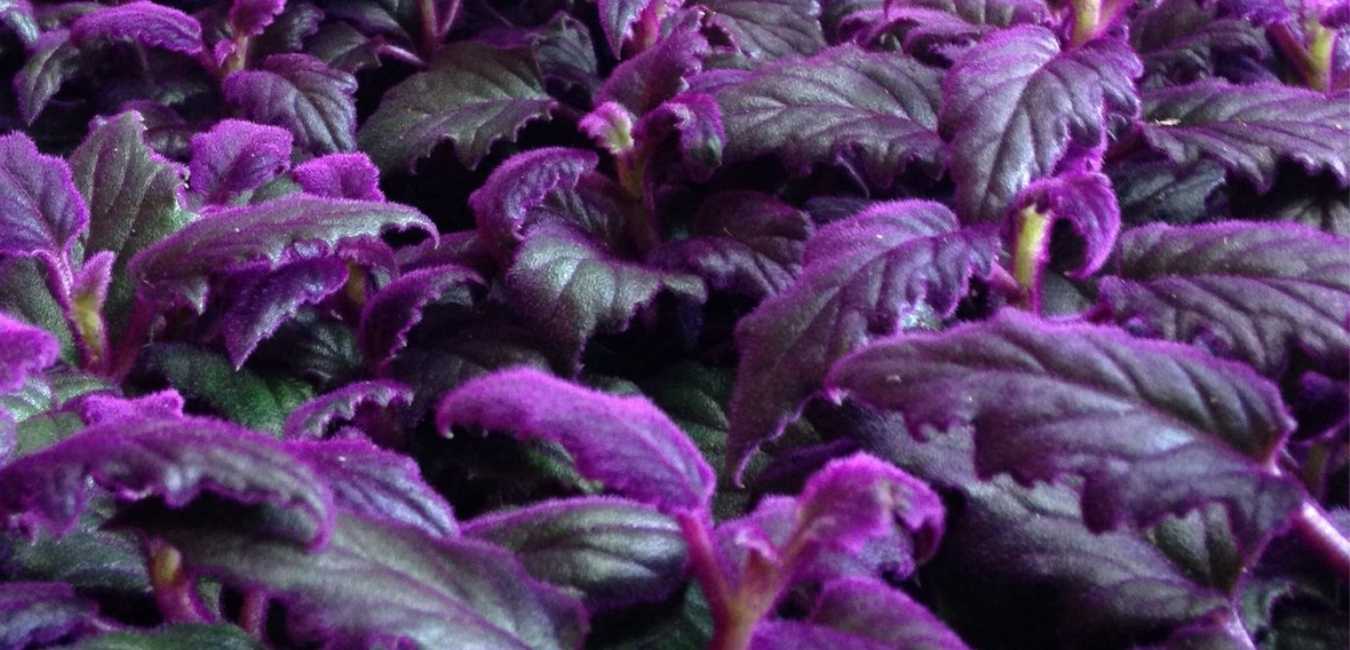
Velvet plants: Information and Plant Care Guide
Varieties from our listing
Interested to buy a plant from this group?
See what we have available HERE
Below is a general care guide for Velvet Plants which can slightly differ depending on variety.
Light & Temperature
Velvet plant thrives under bright light and will love the sunny windowsill, though they prefer to get some protection from the harsh afternoon sun. The brighter the light, the bolder and richer the foliage colours. On the contrary, too little light can make the hues pale and eventually disappear. For the temperature, they prefer warm conditions.
Watering, Humidity & Misting
Velvet plants appreciate a consistently moist soil and will wilt when the moisture is not enough. Immediately water your plant when it starts to look droopy. It should be able to perk up and recover quickly.
It can tolerate a range of humidity as long as the soil is always damp. In case the environment is too dry, you can provide a tray with pebbles and shallow water to boost humidity or invest in a small humidifier. Avoid misting the plant as its feathery leaves will hold water and it can increase the possibility of fungal infections.
Soil and Repotting
Use a standard houseplant potting mix. Velvet plants are not too fussy in terms of their soil needs.
This plant does very well in space limiting conditions so repotting is not necessary. If you decide to repot your velvet plant, do so with utmost care of the roots as they can be very fragile and susceptible to transplant shock.
Propagation
Propagation is an important aspect of growing velvet plants if you intend to keep them for a long time. As it has a limited lifespan of a couple of years, it is good to propagate them to ensure you always have new, young and vibrant velvet plants.
For simple propagation, cut the end of a stem that is at least a few inches long. Velvet plants propagate well in water. Just put the end of the stem into a glass of water, provide warm environment and wait for roots to grow over a few weeks.
Fertiliser
Velvet plants are hungry plants that likes fertiliser. Use a balanced fertiliser formulated for houseplants. Follow the directions on the label of our Down to Earth. organic plant food.
Toxicity
Velvet plants are non-toxic and is therefore safe around kids and/or pets. While it is not poisonous, it is not recommended to ingest any part of it to avoid allergies.
Possible Issues
Under the right care and conditions, your plant will grow happy and healthy. But here are some issues you may encounter while caring for a Velvet Plant:
Spider mites, aphids, mealybugs, scales and whiteflies - When spotted, wipe away with wet cloth. Another method is to spray neem oil to the plant.
Browning leaves - The two main causes are too much sun or too strong fertiliser. Move your velvet plant away from direct sun and lessen your feeding quantity and/or frequency.
Root rot - This is caused by overwatering and usually goes undetected but visible signs include brown patches on leaves and curled or distorted foliage. Check the roots of the plant, remove the slimy and dark rotted roots, and clean remaining roots with water. Allow the roots to completely dry before repotting. Adjust watering schedule from then on.
- Regular Price
- $15.00
- Sale Price
- $15.00
- Regular Price
- $22.00
- Unit Price
- /per
TumbleweedPlants.com
Live Chat 💬
Whatsapp:+65 80561106
getintouch@tumbleweedplants.com
514 Chai Chee Lane (Office & Warehouse)
-Strictly not open to walk-in
Company
Helpful Links
Join Our Community
Join 40,000+ plant lovers and get care tips & inspiration.
About
TumbleweedPlants.com is an independent plants retail brand, established in Singapore in 2016. We make stylish indoor plants easy and accessible to all with great looking houseplant varieties, the biggest selection of planters and indoor plant care essentials delivered to your door.
Shop with confidence from the Best Plant Home Decor Online Store Today!

